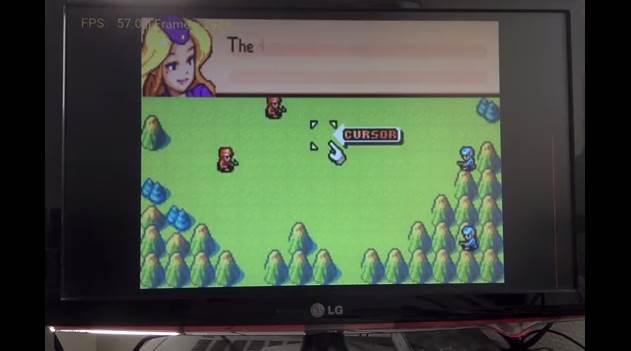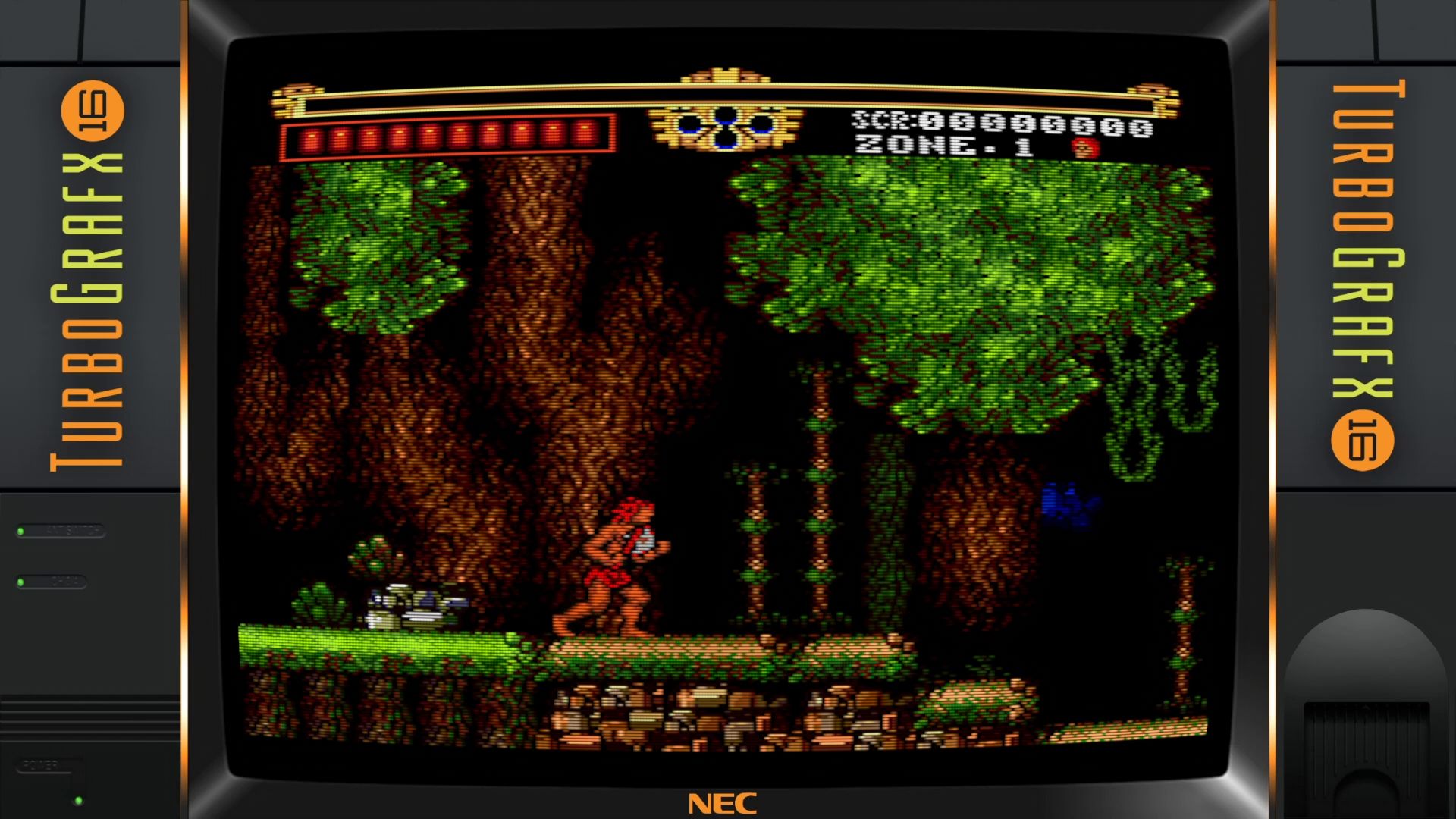

But you’re wrong! You can set one of the analog sticks on your game controller to control the bottom screen. On a related note, you might think there’s no way to play Nintendo DS games without a touch screen, or at the very least plugging in a mouse. Control Nintendo DS Games Entirely with Your Gamepad This may seem convoluted, but the process makes it easy to switch from the keyboard to a joystick, or from one joystick to another, without messing up your custom per-core settings. Instead of configuring which key or button your devices trigger which buttons in the emulator, you’re configuring which buttons on the virtual RetroPad, which you configured earlier, correspond to buttons within the emulator. Launch a game with the core you want to configure, then pull up the RGUI, scroll down, and select “Controls”. If you want different controls for each core, there’s a way to do that buried in the RGUI. But that means some configurations may not “feel” right. When you configure your gamepad, those key binds apply to every core on your system. Configure Your Gamepad Differently for Each System If you’d like to have a few different saves on the go, you can change the current save slot as well. You’ll see the option to save and load your state. To use this feature, launch the RGUI during gameplay. Happily RetroArch makes it easy to save and load states, which lets you carry on playing from precisely where you left off. Some older games don’t offer saving, which sucks when you want to go to bed or actually do your job for a little while. (We’ll talk more about what this RGUI menu can do throughout this article.) Save and Load Your State in Any Game It’s not as sleek as a single button press, but it gets the job done and is unlikely to be triggered accidentally. Here you can choose a predefined combination of buttons to bring up the RGUI.

In RetroArch, head to “Input”, then “Input Hotkey Binds”. If you’re not using an Xbox controller, you can map the RGUI button yourself. With that unchecked, clicking the Xbox button will now bring up the RGUI during gameplay.
#RETROARCH WINDOWS STREAMING FULL#
This might not work in full screen mode.Ĭlick the gear icon to open the settings, then make sure “Open game bar using Xbox button on a controller” is disabled. To do this, open RetroArch, then press “Windows” and “B” to trigger the Windows game bar.
#RETROARCH WINDOWS STREAMING WINDOWS 10#
If you’re using an Xbox controller (highly recommended for RetroArch), the big Xbox button can trigger this GUI in Windows 10–as long as you disable the Windows 10 Game Bar from monopolizing things. This brings up the RetroArch interface during gameplay, allowing you to use features like save state and shaders (which aren’t available in any other settings menu). To get to it, you need to configure an “RGUI button”.

Map the RGUI Button to Access More FeaturesĪ lot of the best RetroArch features are hidden in a menu that’s kind of hard to access. Now fire up a game and start rewinding the action! We found this worked with some cores (like SNES), but didn’t work with others (like the indie game Cave Story). Here you will see the keyboard shortcut for rewinding is “r”, but you can also set a joystick button for rewinding.

Then head to “Input”, followed by “Input Hotkey Binds”. From here you can toggle the “Rewind” option: To try this out for yourself, head to the Settings panel in Retroarch, then to “Rewind”.


 0 kommentar(er)
0 kommentar(er)
